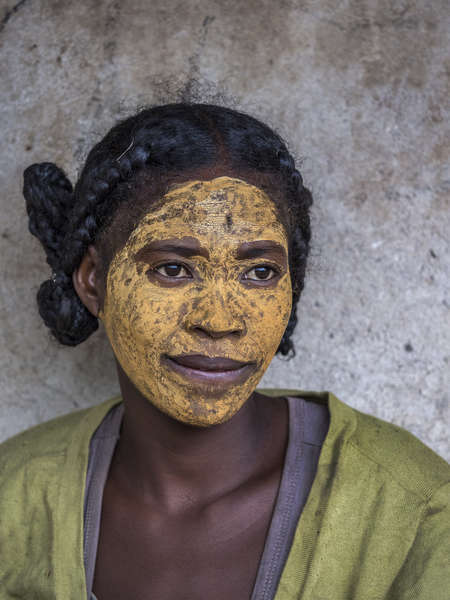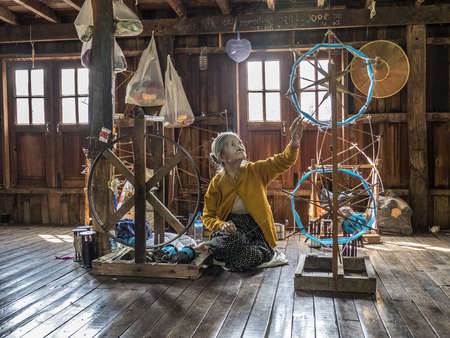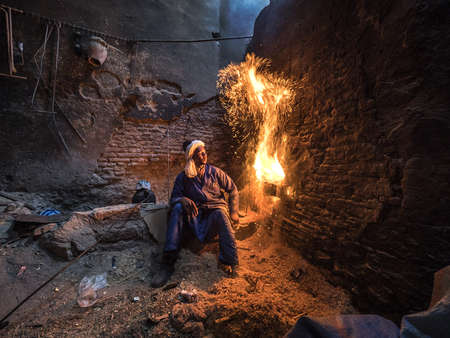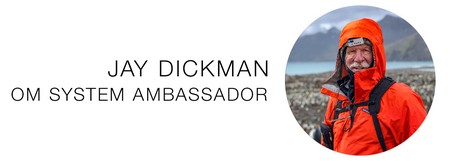Travel photography very often includes photographing people: we can share who we are through our photographs. Plus, your slideshow/book/blog viewers, if you are sharing a trip to a country of city, want to see who those folks are.
In my workshops, I’ll ask our participants what they like to photograph. The answers often range from landscape to wildlife, photographing people is rarely a response. When pushed, that participant will often admit that photographing people is intimidating, it’s scary, it’s something with which they’re uncomfortable. But, when discussing further, the admittance arises that they’d love to be able to photograph people, if they could get past their perception of those alleged barriers. I’ve been in this business for 45+ years, and I love photographing people, but there is a comfort zone in which the photographer needs to learn to work.
Research the place before you get there: The Internet is an amazing research tool that can provide the basics as well as in-depth information as to events and festivals, which may provide photo-rich opportunities.
Be prepared: When my cameras go on my shoulder and I head out in my location, I describe it as a switch going on in my head: I’m thinking and seeing photographically. Being prepared is the first step in this process, so batteries are charged (both the camera and myself), and the shooting mode is in the appropriate setting. I usually use Manual (M), but for a lot of street photography, I’ll use the Program mode (P) as I’ve found it is in sync with my shooting style.
Become part of the scenery: If possible, get to your intended location early, this may help as you are part of the scenery when people arrive at that market or area instead of walking in with cameras and equipment, which can be disruptive. It’s much more productive for you as a photographer to be part of the scene.
Simplify your settings: A repeat from above, but this is important: When shooting in Aperture or Shutter Priority, put the camera on “Auto ISO”. This eliminates the frustration of walking into a dark environment with the camera set on a low ISO, and you see a great moment, but the shutter speed is so low your file is unusable due to shake. The Auto ISO setting will default to the lowest ISO for your preferred aperture or shutter speed, allowing you to shoot more successfully. Many cameras also provide a setting in which you can control the range of ISO.
Ask permission: When shooting spontaneously, I’ll try to never miss a great moment of interaction between people, so I’ll often shoot first and approach the subject after making the photograph, if it seems safe. Make eye contact when appropriate, a smile can go a long distance. Try learning a few words of the local language, this can help even if you garble that expression, since it can be seen as you’re at least trying to communicate instead of expecting them to communicate with you.
Share your images: This can be such a door opener and can make that short relationship in which you’ve entered be that more productive. Also, be sure and send images to them…ask for an address or email, and be sure and follow-through.
Honor the subject: If someone says “no” to being photographed, honor that request. In some parts of the world, you may receive very strong signals that it is NOT appropriate to photograph, so be tuned in so you don’t miss those messages.
Be prepared, part two: When you’ve approached and received permission to step into someone’s life, make sure the camera is ready. There is nothing worse than getting that permission, fumbling with your gear, and losing the confidence of your subject.
Give the craft of photography time: When photographing someone, if possible give the process time. If they turn to you and stop doing what was interesting and what drew you to that moment, give it a few minutes, asking via sign language if necessary for them to go back to what they were doing. Again, this may take a little time, but if you stay, and your just watching, you become boring and they will go back to doing that great thing you saw initially. Then, your photos will happen. Above all, know when it’s time to leave so you don’t overstay your welcome.
Web: jaydickman.net
Blog: firstlightworkshop.com/wheres-jay/
Twitter: @jaydickman
As a Pulitzer Prize-winning photojournalist and National Geographic photographer, Jay Dickman is one of the most traveled, experienced and celebrated photographers in the program.





